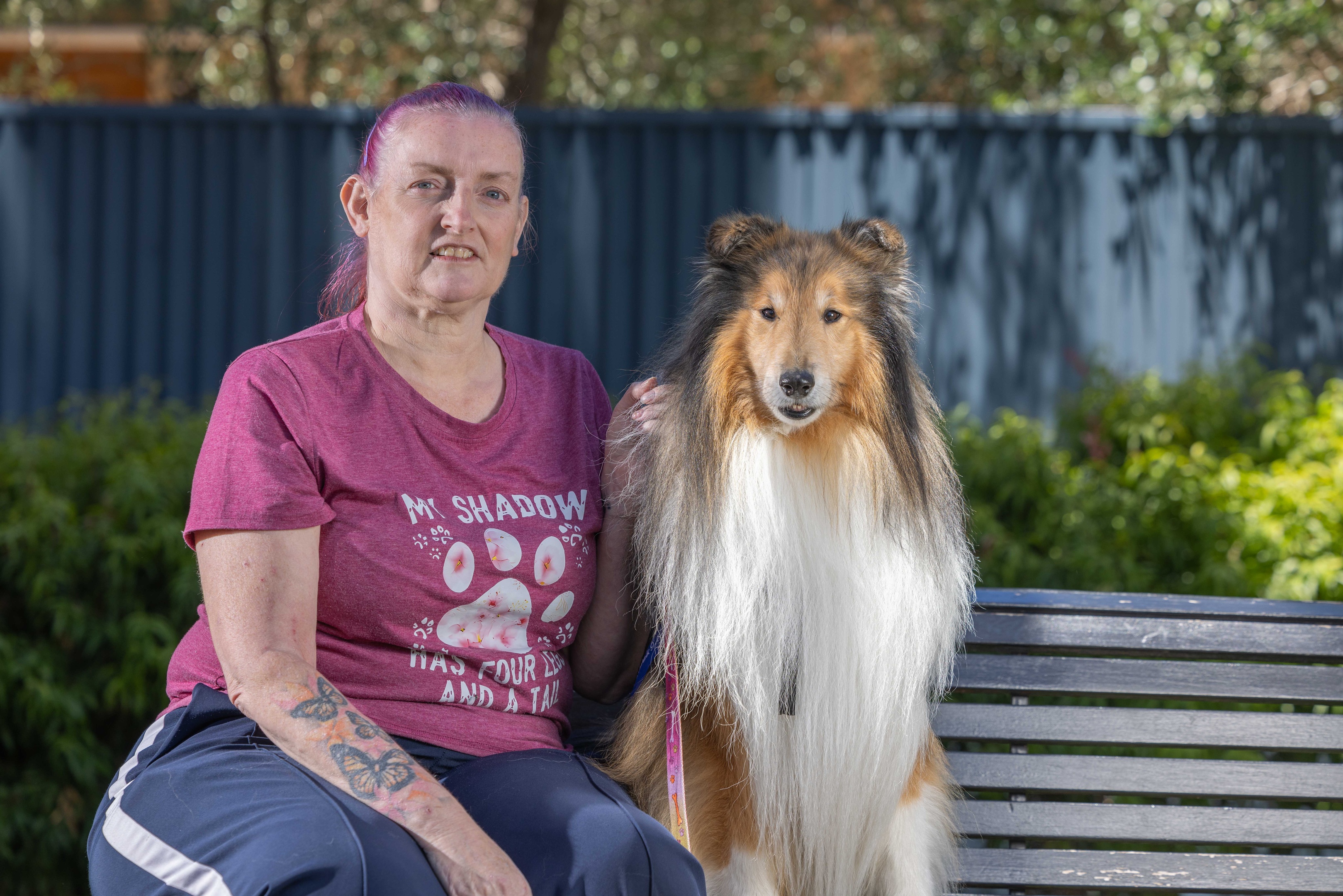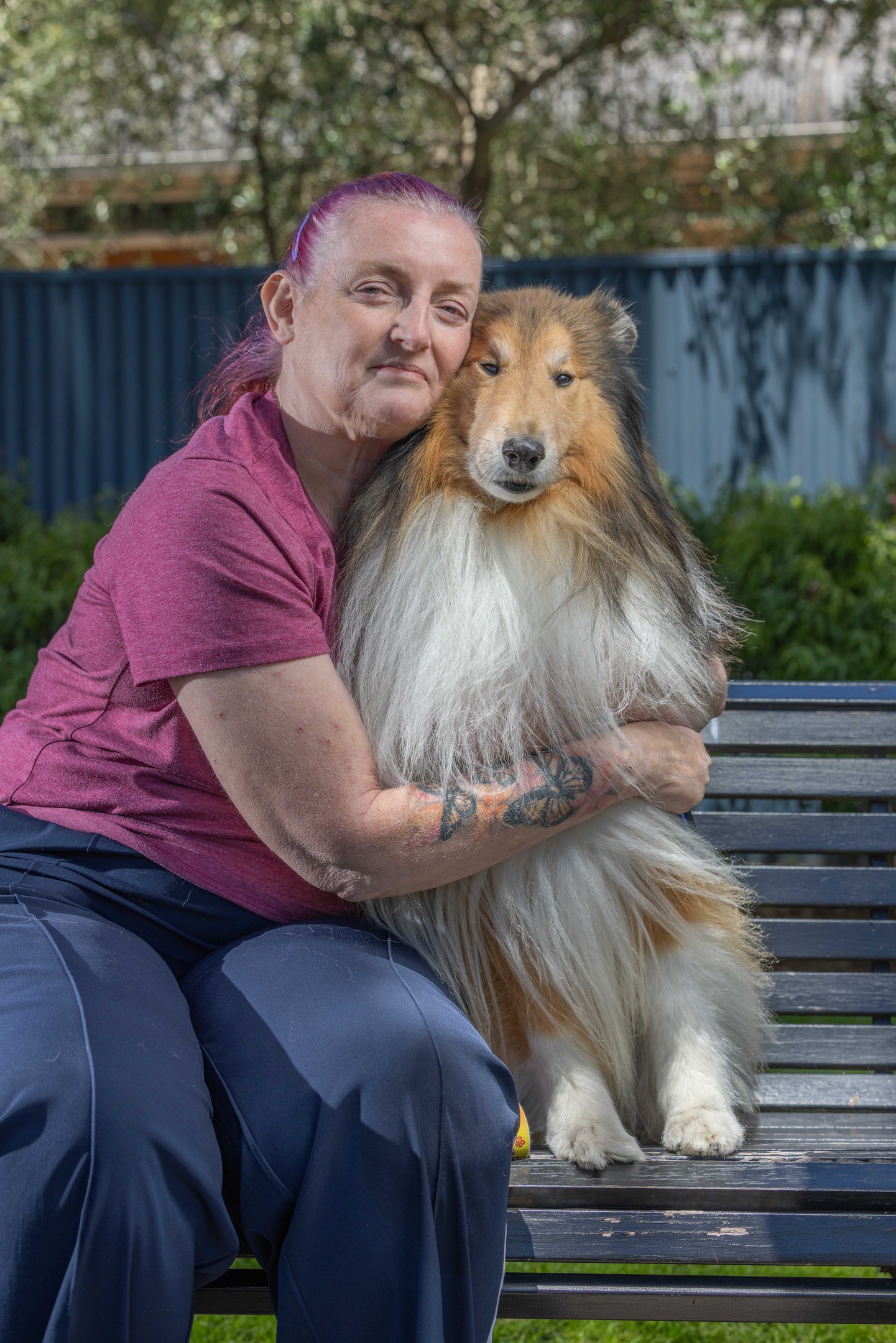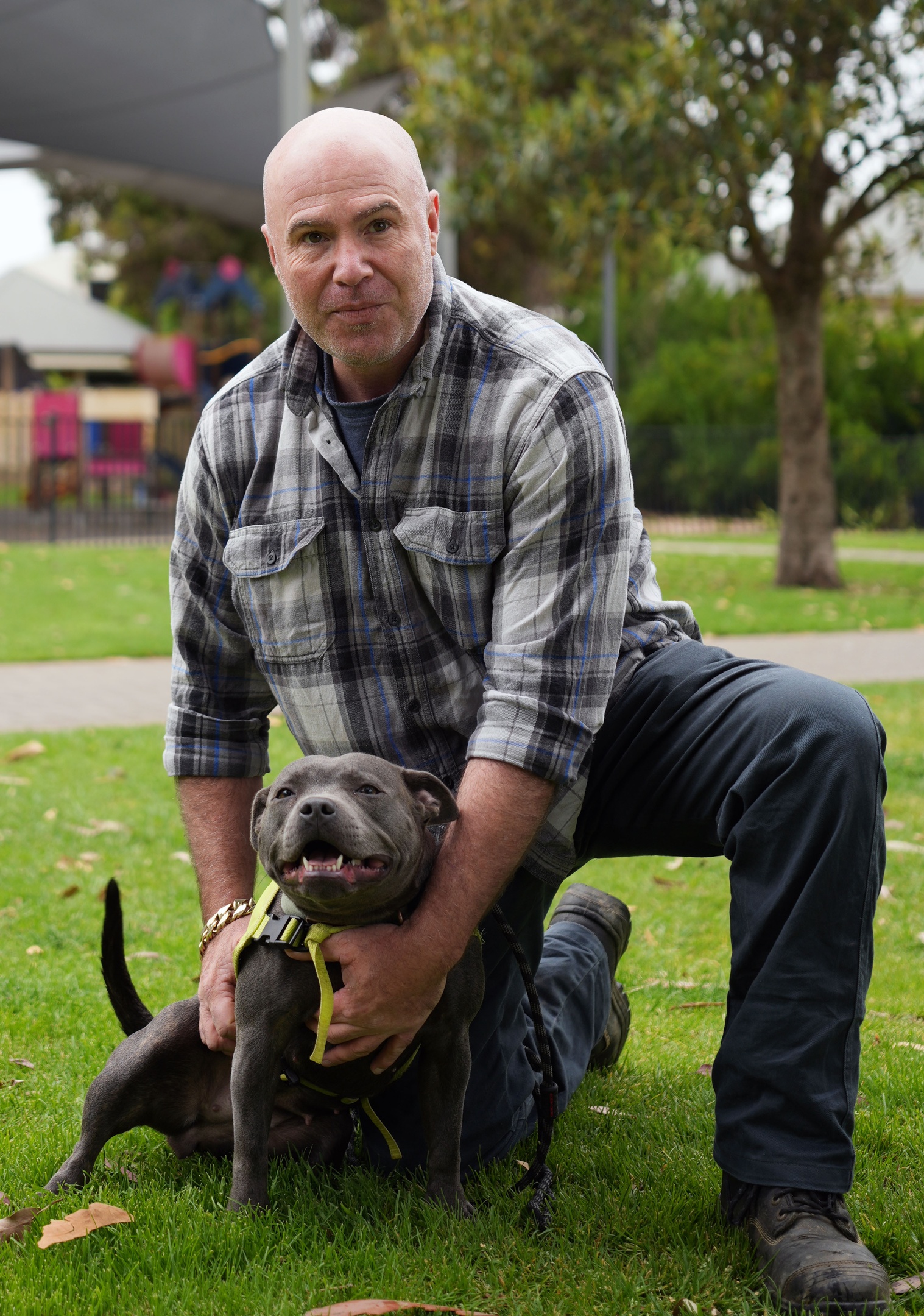Can my current dog qualify as an Assistance Dog?
Yes and No. According to the law as long as your dog is able to meet the criteria they can qualify as an assistance dog. While this approach appeals to many owners it is not without challenges. For example, Guide Dogs are specifically bred for temperament and trainability, traits that increase their chances of completing their training. They are brought up by experienced "puppy raisers" and receive extensive professional training before being matched with a potential client. Even with these advantages less than 50% of candidates become certified Guide Dogs.






